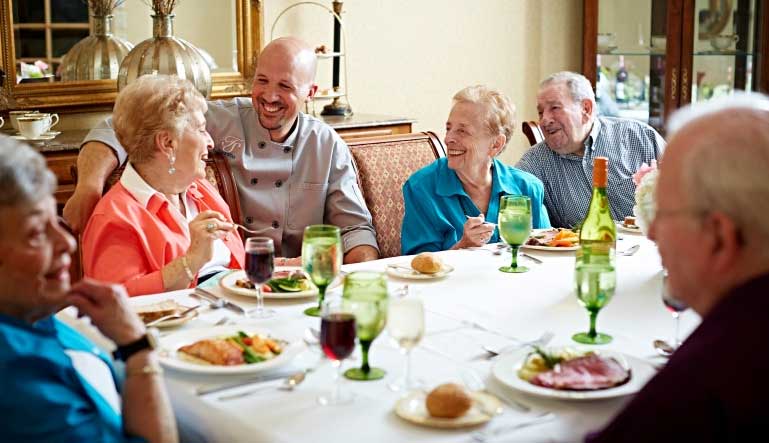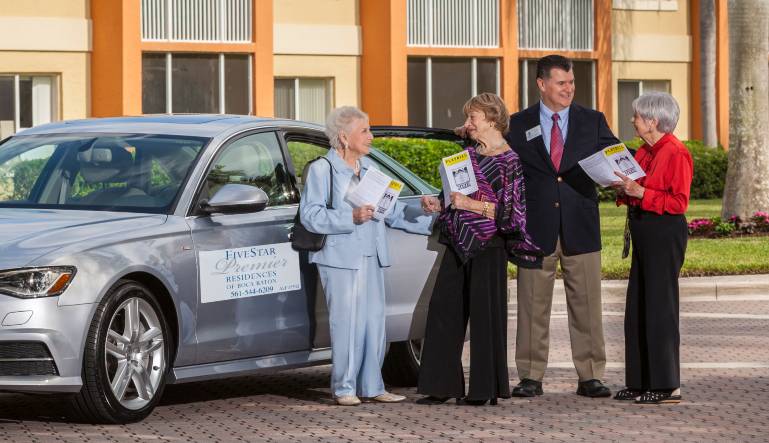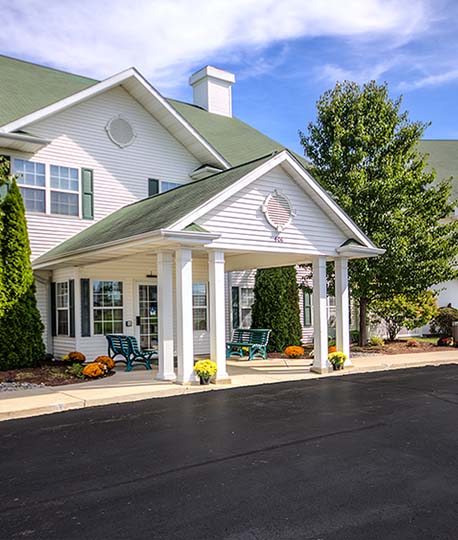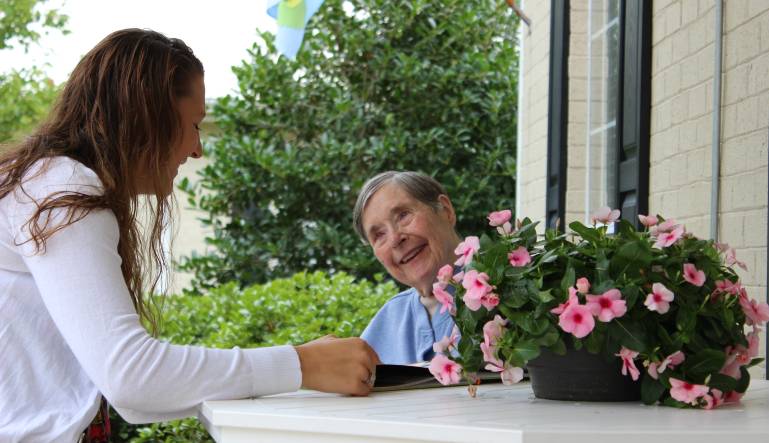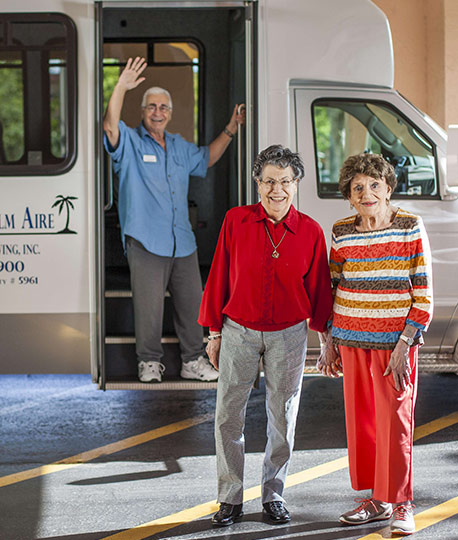Sometimes the search for senior living can leave an older adult and their family members questioning what type of community they really need. Is an Independent Living community, offering a wide variety of life enrichment programs and freedom from household chores, the best fit? Or does a loved one need the added support and care for activities of daily living (ADLs) provided by an Assisted Living community?
Although some senior living communities, including Five Star, offer both popular types of senior housing in one location, it can help to understand how they differ in meeting the unique needs of aging adults at different stages of life. Here’s a closer look.
What is Assisted Living?
Assisted Living refers to a community for older adults who need a little extra help with activities of daily living to live their most independent life. This help may include:
- Support with personal care needs, such as bathing, grooming and dressing
- Medication reminders—coordination and supervision
- Nutritious meals and healthy snacks, including the ability to accommodate special diets like low-salt, gluten-free and diabetes-related
- Help with toileting and continence care
- Housekeeping, laundry, trash removal and maintenance
Assisted Living Is Not a Nursing Home
Equally important is understanding what Assisted Living is not: It is not a skilled nursing facility, also known as a nursing care center or nursing home. Nursing home residents usually have more complex medical needs. This generally means they require skilled care delivered by nurses, physical therapists and other medical professionals.
Some Assisted Living communities do offer the option to add additional services as needed. Within a Five Star community, you can scale Assisted Living services up or down as you or your loved one’s needs change.
Another type of Assisted Living community is called Memory Care. Memory Care communities support people with Alzheimer’s disease and other forms of dementia. As with Assisted Living, Memory Care is not a nursing home; however, caregivers have undergone specialized training and there are targeted programs for residents, such as Five Star’s Bridge to Rediscovery.
Assisted Living Amenities
Assisted Living communities often provide transportation for residents to visit local attractions or to go shopping. The best Assisted Living communities also provide residents with a variety of educational, social and wellness programs, included as part of the monthly fee. Games, movie nights and exercise programs can be part of everyday life—just as they are in Independent Living communities.
What is Independent Living?
Independent Living communities, sometimes called retirement villages, are communities open to senior residents only. They are often a good fit for older adults seeking freedom from the burdens of homeownership. Because housekeeping tasks and maintenance chores are handled by team members, residents have more time to fully enjoy their retirement.
An Independent Living community nurtures an older adult’s interests and hobbies. These often include hosting travel groups, life-enrichment activities, continuing education classes and wellness programs. Many Independent Living residents spend time volunteering in the community or for area nonprofit organizations.
Independent Senior Living Amenities
Like Assisted Living, Independent Living communities typically provide a number of amenities and services for one monthly fee. For instance, electricity, climate control, television, phone and Internet access costs might all be included as part of the rental fee.
Some Independent Living communities, such as those within the Five Star family, provide many extras for residents. These includes housekeeping, laundry, on-site dining, and transportation as part of the monthly fee. Our Independent Living communities also provide the option of adding Assisted Living services as needed. All of this makes an Independent Living community a simple and cost-effective senior housing solution.
Comparing Independent Living and Assisted Living Communities
In short, an Assisted Living community may be the best choice if you or your loved one needs some help with daily activities but not continuous medical care or supervision. An Independent Living community may be best for those who don’t need extra help but are ready to move on from home ownership. Whether Assisted or Independent Living is the right solution for you or a family member, Five Star offers activities tailored to individual interests and ability levels—everything one could want to maintain a vibrant and healthy lifestyle.
Learn More About Senior Living Options
To learn more, visit our Senior Living Options page. You’ll find additional information and resources to help determine what type of senior living best suits your needs. Meanwhile, why not learn which Five Star community options are near you?

